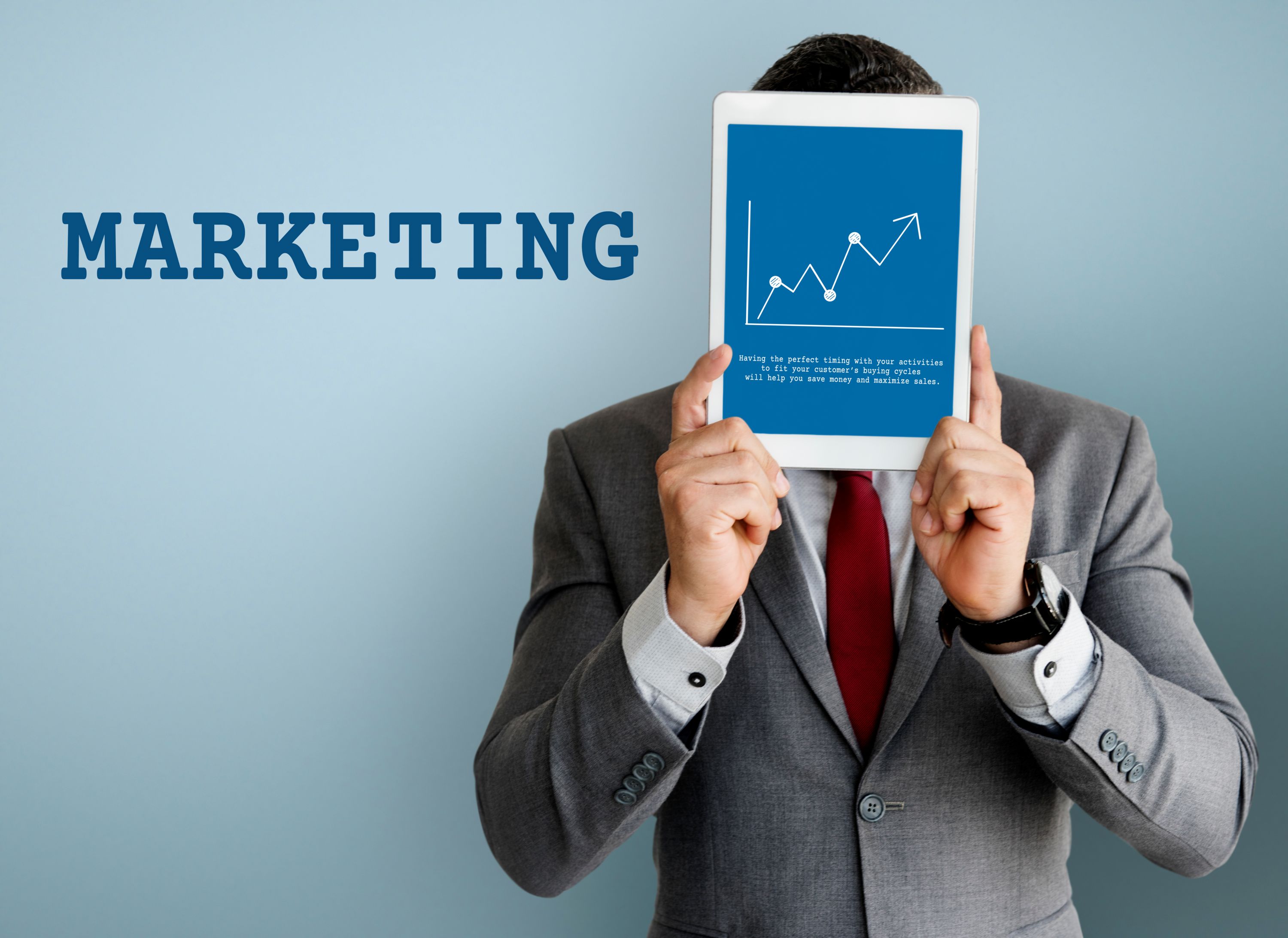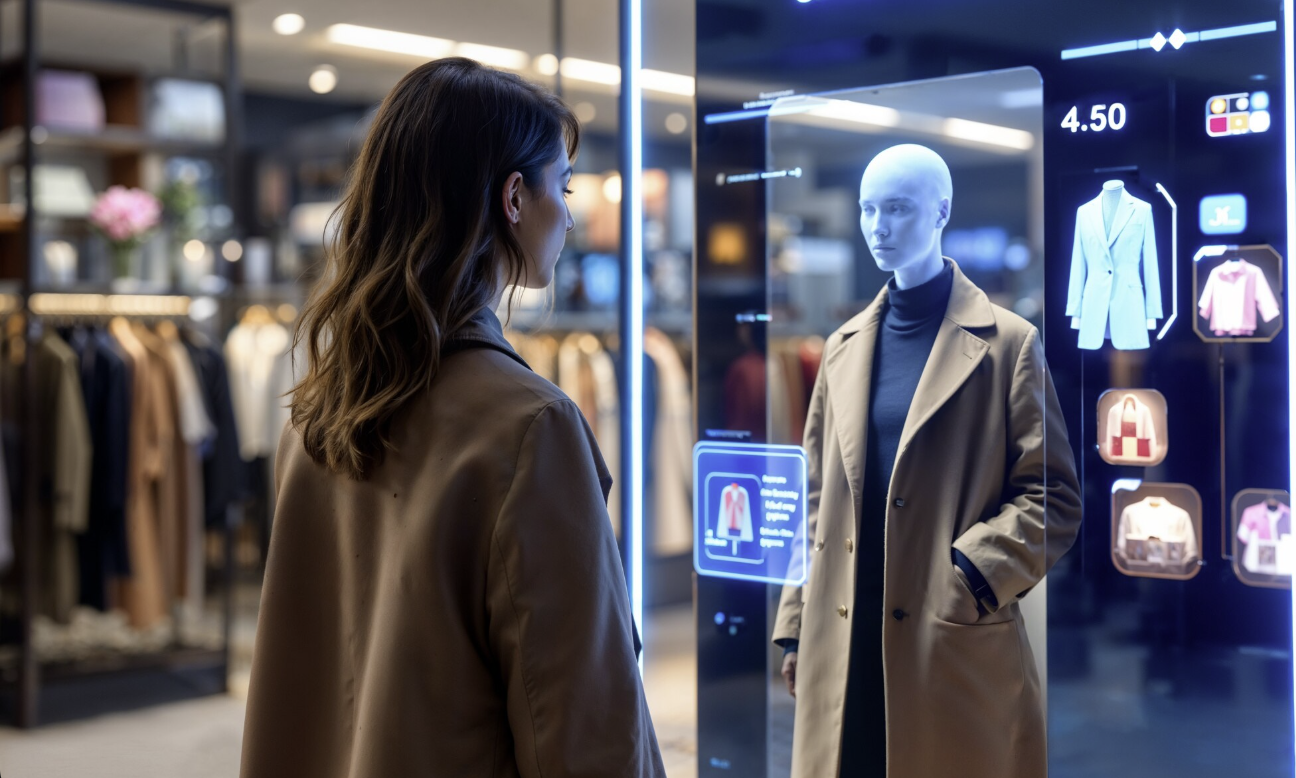Heading
Summary
- Communities are built on connection, not follower counts.
- Rituals, shared language, and peer-to-peer exchanges make communities thrive.
- Figma and lululemon show how brands can create belonging.
- Real community = depth, not vanity metrics.
- Choosing the right platform is critical for growth.
Why communities matter more than followers
Every brand claim's to be “community-first.” But scroll through their feeds and you’ll find something closer to a broadcast channel than a community.
Content out, likes in. Zero culture. Zero conversation. Just metrics.
At Upload Digital, a b2b agency blending branding, design, and growth, we’ve seen the difference between amassing followers and building belonging.
And if you’re serious about scaling depth—not just breadth—it’s time to reframe what community actually means.
The cultural shift in brand building
The rise of ai marketing agencies, smarter website design services, and even full-stack web development agencies has made digital tools accessible to everyone.
A brand’s edge no longer comes from tools—it comes from culture.
That’s why communities matter. A real community provides:
- Engagement that outlives the algorithm → Conversations and connections that don’t rely on paid reach.
- Brand loyalty that scales → Members identify with your mission, not just your products.
- Organic advocacy → Word-of-mouth is far stronger when fueled by genuine belonging.
Case studies: brands that nailed community
Some brands have turned audiences into movements by leaning into culture:
- Figma → Their forums, plugins, and design challenges made users co-creators. Instead of just using the tool, people contributed to its evolution. This is community-driven product growth at its finest.
- Lululemon → From local fitness events to global ambassador programs, lululemon didn’t just sell activewear. They sold identity, rituals, and belonging. Their customers became evangelists because they felt part of something bigger than a product.
These brands prove community isn’t a buzzword. It’s a strategy.
What real brand community looks like
If you’re wondering whether you’ve built a true community, look for these signs:
- Peer-to-peer conversations → Members ask each other questions, not just the brand.
- Consistent UGC → User-generated content emerges naturally, not as the result of giveaways or bribes.
- Shared language and rituals → Inside jokes, common rituals, and shared stories signal belonging.
- Sustainable participation → Members return not for perks, but because the community fulfills a need.
This is the difference between vanity metrics and real depth.
Actionable steps to build your brand community
From Upload’s perspective as a b2b agency, here’s how brands can move beyond follower counts:
✔ Start small with intention → The best communities begin with a niche. Don’t try to be everywhere; build for your core.
✔ Give before you take → Provide resources, insights, or experiences before expecting conversion.
✔ Pick the right platform → Discord ≠ Telegram ≠ LinkedIn. Each platform has different dynamics—choose the one where your people already gather.
✔ Stop hoarding the mic → A true community isn’t a one-way broadcast. Shared space > megaphone marketing.
✔ Blend tech with culture → Even an ai marketing agency or web development agency can’t automate belonging. Tools amplify culture; they don’t create it.
Why platform choice is everything
Too many brands spread themselves thin across every new channel.
The truth? The platform matters less than whether your audience feels at home there.
A Slack group can outperform a Facebook group if your users are professionals.
A LinkedIn hub might beat Discord for a B2B audience.
And if you’re selling website design services, maybe your community hub belongs on your own site with built-in engagement tools.
The key: build where your audience already is, not where you wish they were.
How community connects to SEO and growth
Here’s where most brands underestimate community: it directly fuels discoverability.
When members create authentic conversations, blogs, and user-generated content, they create the kind of organic signals search engines reward.
Pair that with ai for seo, and your community becomes a growth engine.
For example, a web development agency or a provider of website design services can host a knowledge hub where members answer each other’s questions.
Those conversations double as SEO goldmines.
With ai marketing agencies amplifying this content, the result is compounding growth.
The bottom line
A community isn’t about vanity metrics—it’s about belonging, rituals, and shared identity.
Followers come and go. Communities stick around.
If you want to future-proof your brand, stop measuring success in likes and start measuring it in conversations.
A smart b2b agency knows that communities build resilience, loyalty, and long-term growth.
FAQs
Q: How is a community different from an audience?
A: An audience listens; a community talks.
Q: What platform should I choose?
A: The one where your people already live. Build around habits, not hype.
Q: Can B2B brands build communities?
A: Absolutely. Think Slack groups, industry forums, knowledge hubs, and peer-driven events.
Q: How does ai for seo fit in?
A: Community content drives authentic search signals. An ai marketing agency can amplify this into measurable growth.
Q: Can web development agencies create community features?
A: Yes. Many web development agencies design portals, forums, and custom hubs as part of website design services.
CTA:
Ready to build depth, not vanity metrics? Book a call with Upload Digital today.






















































-compressed.jpg)



















